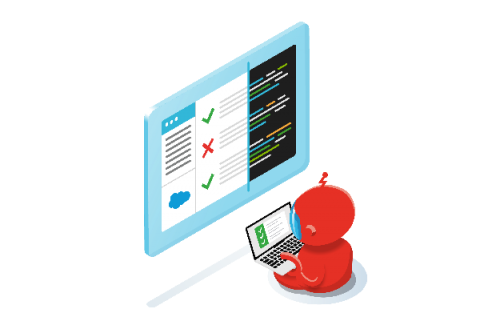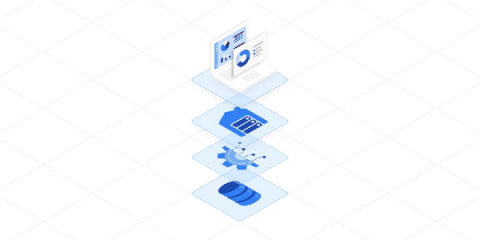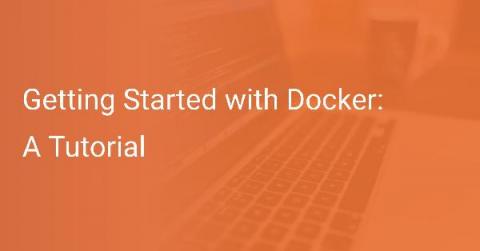Systems | Development | Analytics | API | Testing
Latest Blogs
Pillars of Knowledge, Best Practices for Data Governance
With hackers now working overtime to expose business data or implant ransomware processes, data security is largely IT managers’ top priority. And if data security tops IT concerns, data governance should be their second priority. Not only is it critical to protect data, but data governance is also the foundation for data-driven businesses and maximizing value from data analytics. Requirements, however, have changed significantly in recent years.
Accelerating Insight and Uptime: Predictive Maintenance
Historically, maintenance has been driven by a preventative schedule. Today, preventative maintenance, where actions are performed regardless of actual condition, is giving way to Predictive, or Condition-Based, maintenance, where actions are based on actual, real-time insights into operating conditions. While both are far superior to traditional Corrective maintenance (action only after a piece of equipment fails), Predictive is by far the most effective.
Data Lakehouses: Have You Built Yours?
In traditional data warehouses, specific types of data are stored using a predefined database structure. Due to this “schema on write” approach, prior to all data sources being consolidated into one warehouse, there needs to be a significant transformation effort. From there, data lakes emerge!
Unlock Marketing Analytics Power with the Snowflake Data Cloud
Over the past two decades, marketers have faced an uphill battle in trying to turn marketing into a fully data-driven discipline. Our challenge is not that we don’t have enough data but that data has been difficult to access and use. Marketing, sales, and product data is scattered across different systems, and we can’t get a complete picture of what is going on in our businesses.
3 Challenges to Overcome When Implementing Low-Code Development
Frequent software delivery drives innovation. According to the State of DevOps Report, high-performing organizations deploy 200x more frequently and have 3x lower change failure rates than lower-performing organizations.This type of velocity and scale is only possible for a highly capable engineering team with an advanced DevOps infrastructure. However, legacy and startup organizations may have a harder time accomplishing this.
Business Intelligence: What You Need to Know
Business intelligence (BI) is the art of extracting actionable insights from your datasets. There’s a whole stack of technologies under the hood.
From development to production: seven tips to optimize mobile app deployments
Deploying mobile apps can be complex. How can you ensure that new versions are released easily, quickly, and reliably? In this article, we will take you through seven ways to optimize your release process.
Getting Started with Docker: A Tutorial
Docker containers have taken the software industry by storm. Ever since its launch in 2013, Docker’s usage and popularity have grown at a rapid pace. Docker has saved organizations from the challenges of managing dependency and version conflicts across multiple environments by providing a portable, secure, and (most importantly) reliable container technology for shipping applications.
Automate Secure Access Management With Rollbar + Okta
At Rollbar, we know security matters. Our customers represent the leading technology companies in the world today, and keeping their data secure is our top priority. Look no further than our investment in security and compliance. Rollbar is fully compliant with stringent industry standards like GDPR and HIPAA. We have also received ISO27001, SOC 2 Type 1, and Type 2 compliance certifications to ensure that even the most security-conscious companies can use our SaaS platform.










